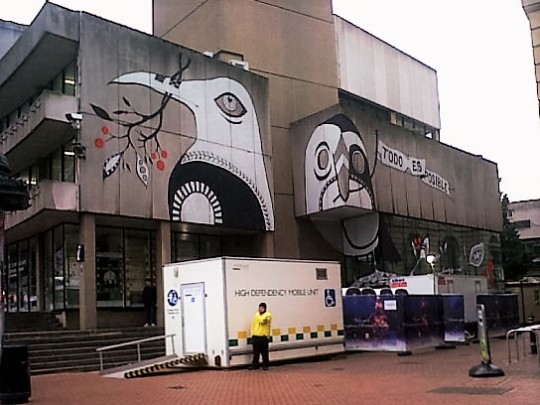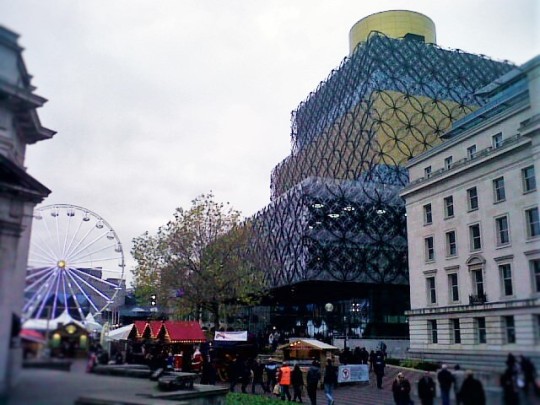3 Simple Ways to instantly Create an Inclusive Classroom Enviroment
In : Storytelling
Inclusion is not about getting children to fit in, it's about helping each child feel that they belong. Creating an
inclusive climate in the classroom helps refugee children to settle and feel
welcome and valued.
1. Bring other cultures into the classroom
It’s
good idea to ensure your pupils learn something about the countries and the cultural
background their classmates come from.
This encourages discussion about moving home, cultural diversity and
sees all children as resources for learning.
A welcoming and receptive classroom gives
recognition and praise to the skills and knowledge children bring and
contributes to their developing successes and achievement
2. Use Targeted Literacy Methods to Improve Reading, Writing, and Communication Skills
Low literacy skills are
associated with a range of indicators of disadvantage, however, timely
intervention and positive steps to deliver improved outcomes can break the
cycle of deprivation and exclusion. This
also impacts on a cross curriculum level as children improved literacy skills,
raised self-esteem and increased interest in the wider world can make a
substantial difference in a range of other subjects.
3 Use Storytelling to Build Bridges
Storytelling is powerful tools for building bridges because it encourages
children to explore other ways of life and to tell stories from their own
background. Used correctly it bypassing the many reading and writing barriers. Stories like Mary Hoffman’s
‘The Colour of Home’, for example, powerfully illustrates the benefits to
pupils and teachers of finding ways of opening dialogue between cultures
unfamiliar with each other.
Start building bridges today
In : Storytelling
Don’t Judge A Library By Its Cover

I’d like to join the friends of Birmingham Central Library in mourning the passing of this highly emotive city landmark. The building has sat empty since 2013, having been replaced by the Library of Birmingham, which is situated in nearby Centenary Square. Despite all protestations, campaigning and calls for alternative uses for the building the bulldozers have finally come to put the old place out of its misery.
The Birmingham Central Library building has always courted controversy and divided opinion. The old Library, which dominated Chamberlain Square was opened, by then Prime Minister, Harold Wilson, on a sunny Saturday morning in 1974. Little did anyone know that the strength of feeling against the building would mean it would struggle to reach its 40th birthday.
Prince Charles famously described it as looking like a place where books go to be incinerated and a former Birmingham director of planning labelled it a ‘concrete monstrosity’. But there were many, including Turner prize winning artist, Jeremy Deller, who understood its appeal. And so the battle raged between those who saw it as a blot on the landscape and those who believed its stark British Brutalist architectural style should to be honoured.
It’s worth noting that Birmingham born architect, John Madin, had no intention of building a 'concrete monstrosity’. His original plans were for the building to be clad in Portland stone or Travertine marble. But Birmingham City Council were reluctant to foot the bill and the concrete exterior was used instead.
Admittedly the library’s sub-Bauhaus design isn’t even my kind of thing, but I’d grown to like it. Besides I wasn’t into it for its looks. It was what lay within that sparked my interest. Within those grey walls lay books that helped me get the life I truly wanted, rather than the one others thought would suit me best. It contained a wealth of knowledge I couldn’t get anywhere else. Without it I would have struggled to find the inspiration I needed to pursue my career in the arts.
My dreams were kept alive by a Library that became my second home. Inside I discovered the writings of great philosophers, historians, dramatists and political thinkers. But it was when I came across the books on art that my life changed. There were beautiful images of the great master’s finest works. And I found information about influential past and contemporary art movements.
This was all before the internet, so without these books I would never have been able to find any of this. I was inspired and soaked up all the knowledge I could. Those days, pouring through volume after marvellous volume, shaped how I viewed the world and how I saw my future.
As far back as I can remember I always wanted to be an artist.
Pursuing that particular path is tricky enough nowadays, but back in Birmingham in the 1970s I might as well have said I wanted to be an astronaut. I was two years out of school before I even found out there were art schools in Birmingham. I’ll share that story with you another time.
Once I did find out about art schools I ditched my job in engineering, enrolled in Bournville School of Art and signed up for the artist’s life. There’s more to that story too and I’ll also share that with you another time.
Occasionally I’ll walk into a gallery and find myself standing in front of one of the paintings I gazed at with wonder in my youth. Once I get over the initial rush I smile and thank the Birmingham Central Library for what it gave me all those years ago.
Out With The Old, In With The New
I paid a visit to the new Library of Birmingham last year. I like it. It was more like coming home than visiting a new building. For a start, it’s attached to another of my old stomping ground, the Birmingham Rep. When I reached the art department and found some of the books that I was inspired by are now on the new library’s shelves I felt a sense of continuity. I was filled with hope that some young kid wanting to follow their chosen path would also be inspired.

Attitude to the creative industries is slowly changing. The last few years as seen it become one of UK’s major growth sectors. But there’s probably a young person somewhere having a hard time convincing people that they want to follow their dreams.
So before I go. Is there something you need to know? Are you looking for a nugget of wisdom that will transform your life? If so, there might be a book on the subject available, for free, at your local library. So why not pop down and see.
aSc��5���
| Storybookers |